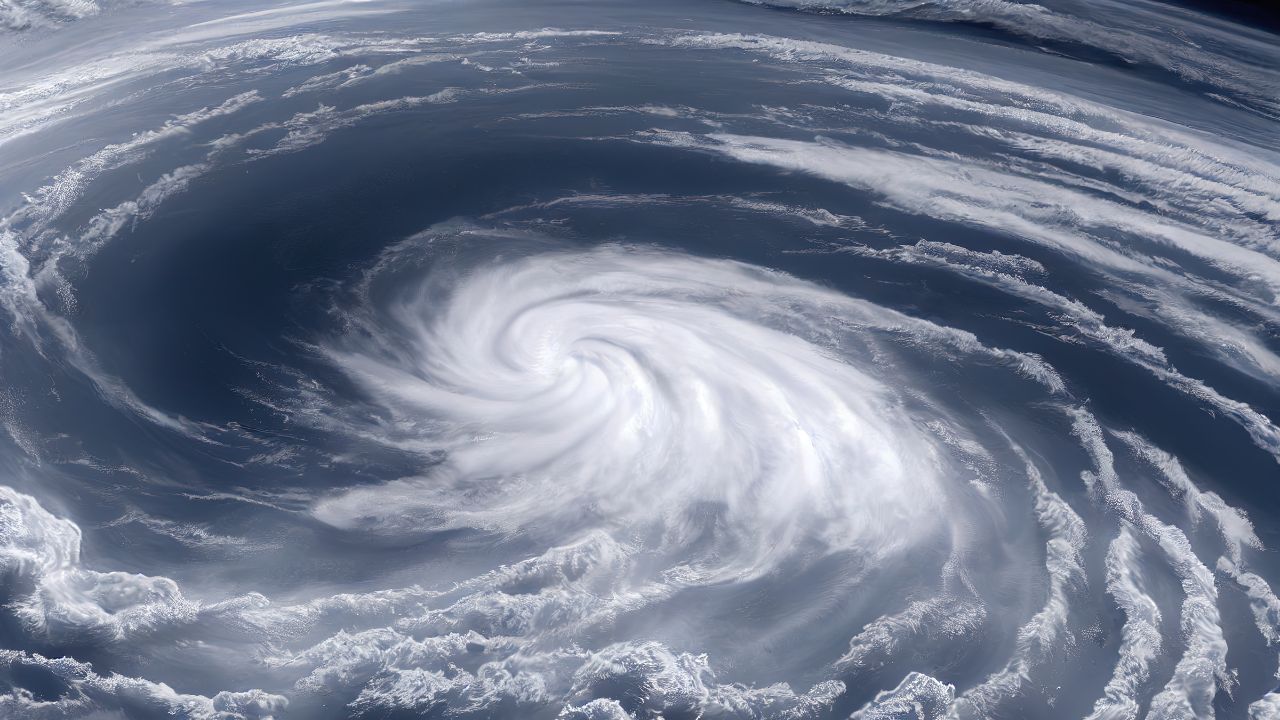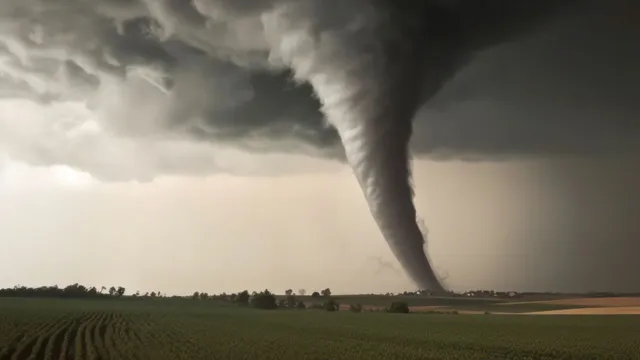- By Ritesh Kumar
- Tue, 03 Dec 2024 01:53 PM (IST)
- Source:JND
What Is Cyclone: Cyclones are powerful wind systems that form around low-pressure areas, causing heavy storms and severe weather. These winds rotate counterclockwise in the Northern Hemisphere and clockwise in the Southern Hemisphere. Cyclones originate over warm ocean waters, where differences in temperature and humidity drive their formation. They develop into violent storms under favorable conditions, such as rising warm air, cooling, and cloud formation. Cyclones are categorised into four types: tropical, polar, mesocyclone, and extratropical. To simplify tracking and reporting, they are given names based on regional naming systems. Their destructive force and impact make understanding cyclones crucial for disaster preparedness. Here, you can learn about what is cyclone, how cyclones are named, why cyclone occurs in sea, and the types of cyclone.
What Is Cyclone?
Cyclones are strong winds that move in circles around a low-pressure area. In the Northern Hemisphere, the wind moves counterclockwise, and in the Southern Hemisphere, it moves clockwise. Cyclones often bring heavy storms and bad weather. The word "Cyclone" comes from the Greek word Cyclos, which means the coils of a snake. Henry Peddington gave it this name because the tropical storms in the Bay of Bengal and Arabian Sea look like coiled snakes in the sea.

Why Cyclone Occurs In Sea?
- Cyclones form when there is a difference in temperature between two regions. Warm air rises in a hot area, creating low pressure, while cold air rushes in to fill the gap, forming a cyclone.
- Humidity (the amount of water in the air) increases temperature differences. As warm air rises, it cools, condenses, and forms clouds. The water vapor in the clouds releases heat, fueling the cycle.
- The rising warm air and falling water droplets create strong winds, which lead to thunderstorms. Under the right conditions, these thunderstorms develop into a cyclone.
- Tropical cyclones that form over the Atlantic or eastern Pacific Ocean are called "hurricanes." All tropical cyclones form in the same way and need warm, moist air from ocean waters near the equator to develop.
How Cyclones Are Named?
Why Cyclones Are Named: Cyclones are given names to avoid confusion while tracking and reporting them. Each region has its own naming rules.
Naming Systems: In the Atlantic and Southern Hemisphere, cyclones are named alphabetically, alternating between men’s and women’s names. In the Northern Indian Ocean, since 2000, names are listed alphabetically by country and are gender-neutral.
Who Decides the Names: The National Meteorological and Hydrological Services (NMHSs) of WMO member countries suggest the names, which are approved by regional cyclone bodies during their meetings.
Different Types Of Cyclone
There are 4 types of cyclones:
- Tropical cyclone
- Polar cyclone
- Mesocyclone
- Extratropical cyclone.

